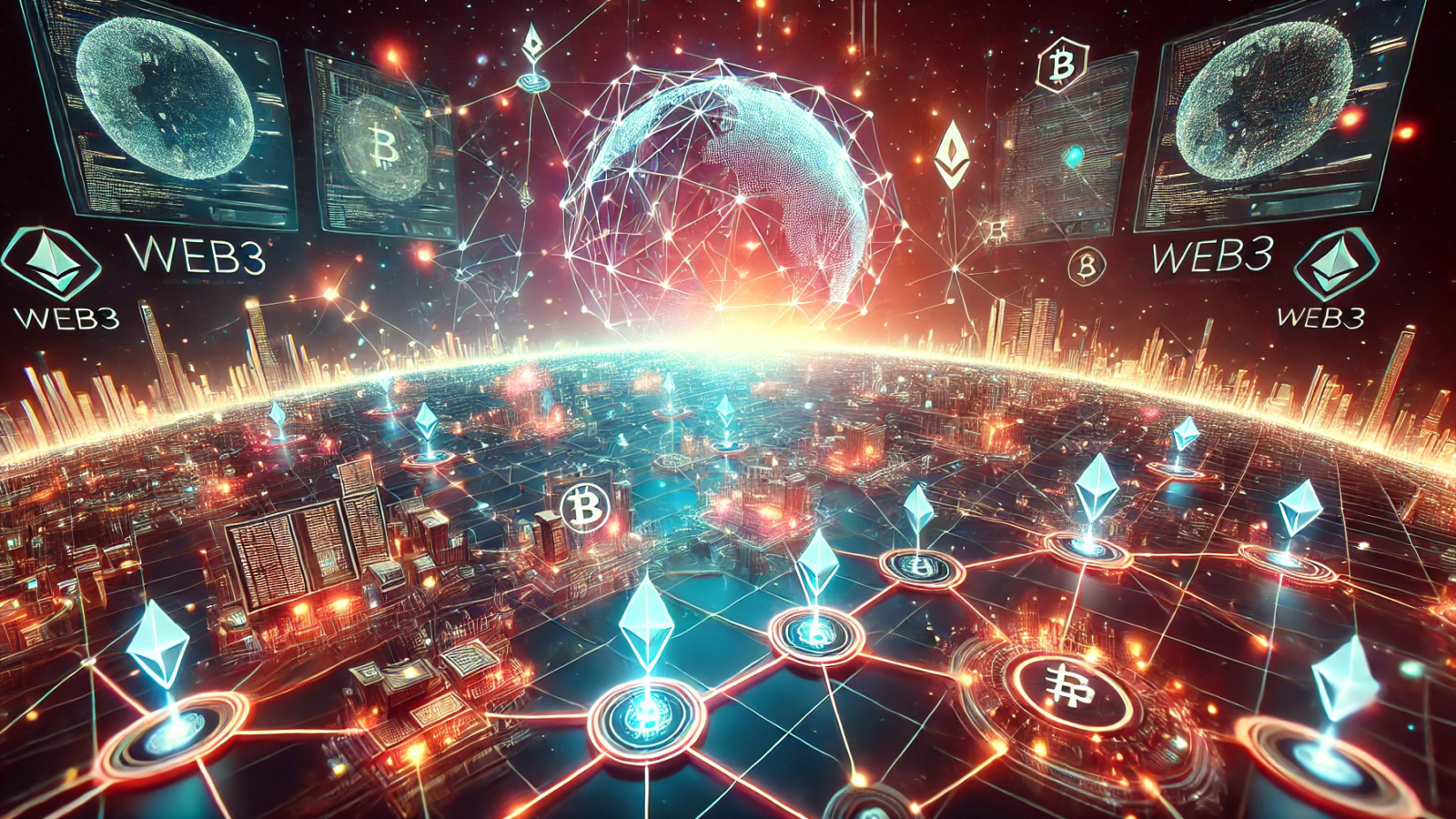The internet is on the brink of a revolutionary transformation. This new phase, commonly referred to as Web3, promises to redefine how we interact, transact, and perceive digital spaces. Unlike its predecessors, Web3 is not just an incremental upgrade; it is a fundamental shift towards a more decentralized, secure, and user-centric internet.
What is Web3?
Web3, or Web 3.0, represents the third generation of internet services, focusing on decentralization, blockchain technology, and token-based economics. The term was popularized by Gavin Wood, co-founder of Ethereum, as a vision for a more democratic and efficient internet.
Key Components of Web3
- Blockchain Technology: The backbone of Web3, blockchain technology ensures transparency, immutability, and security. By decentralizing data storage, blockchains eliminate the need for intermediaries and reduce the risk of data breaches.
- Decentralized Applications (DApps): Unlike traditional apps that run on centralized servers, DApps operate on blockchain networks. This decentralization ensures that no single entity has control over the entire network, promoting fairness and security.
- Smart Contracts: These are self-executing contracts with the terms of the agreement directly written into code. Smart contracts facilitate, verify, and enforce the negotiation or performance of a contract, reducing the need for intermediaries.
- Cryptocurrencies and Tokens: Digital assets like Bitcoin, Ethereum, and numerous altcoins play a crucial role in Web3. They not only serve as a medium of exchange but also as a way to incentivize and power decentralized networks.
- Decentralized Finance (DeFi): One of the most promising applications of Web3, DeFi aims to recreate traditional financial systems (like banks and exchanges) using blockchain technology. This allows for more inclusive, transparent, and efficient financial services.
Benefits of Web3
- Decentralization: By distributing control among numerous nodes, Web3 reduces the power of centralized entities, thus minimizing censorship and increasing transparency.
- Enhanced Security: Blockchain’s immutable nature makes data tampering extremely difficult, ensuring higher security and trust.
- User Empowerment: Web3 returns control of data and digital identities to users, allowing them to decide how and with whom they share their information.
- Innovative Business Models: Web3 opens up new possibilities for business models through tokenization, enabling micro-payments, decentralized governance, and community-driven projects.
Challenges Ahead
While Web3 holds great promise, it also faces significant challenges:
- Scalability: Current blockchain networks struggle with scalability, leading to slower transaction speeds and higher costs. Solutions like sharding and layer-2 protocols are being developed to address these issues.
- Regulatory Uncertainty: The regulatory landscape for Web3 technologies is still evolving. Clear and supportive regulations are needed to foster innovation while protecting users.
- User Experience: For Web3 to achieve mainstream adoption, the user experience needs to be significantly improved. Current interfaces are often complex and intimidating for non-technical users.
- Interoperability: The ability for different blockchain networks to communicate and operate with each other seamlessly is crucial for the success of Web3.
Conclusion
Web3 represents a paradigm shift towards a more decentralized, secure, and user-centric internet. While it is still in its nascent stages, the potential benefits of Web3 are immense, from revolutionizing financial systems to empowering individuals with control over their digital identities. As technology and regulatory frameworks evolve, Web3 is poised to become the foundation of the next generation of the internet, driving innovation and creating new opportunities for users and businesses alike.
References
- Wood, Gavin. “Ethereum: A Secure Decentralised Generalised Transaction Ledger.” Ethereum Project Yellow Paper, 2014.
- “What Is Web 3.0? The Decentralized Internet of the Future Explained.” Cointelegraph, 2021.
- “A Beginner’s Guide to Web 3.0.” ConsenSys, 2021.
- “The Future of Decentralized Finance (DeFi).” Binance Academy, 2020.


Add a Comment